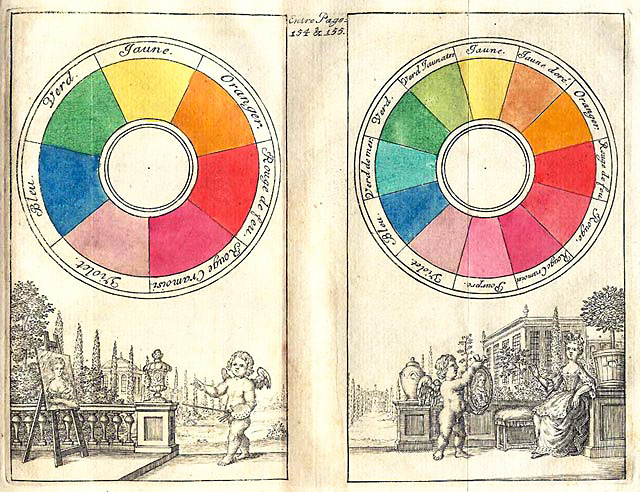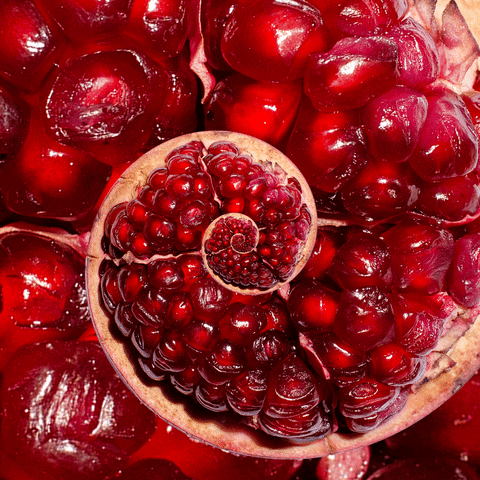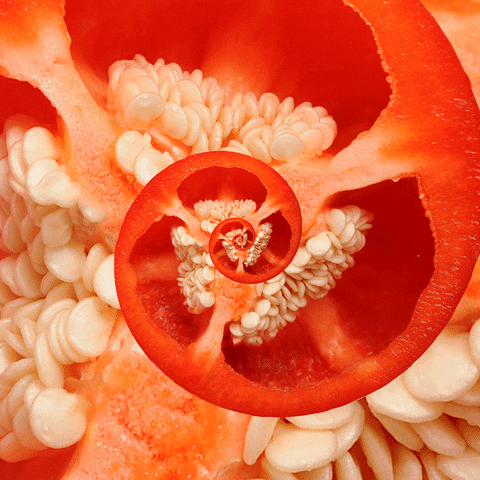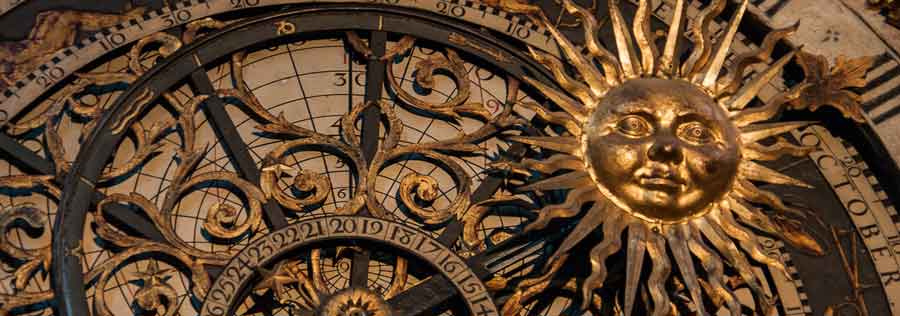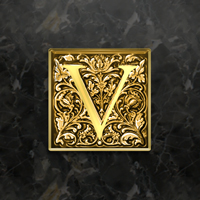See highlights and high-quality resources for advanced investigations.
Color (an element of visual art and design) is the
aspect of any object that may be described in terms of
hue, (the name of the color)
value (how light or dark it is), and
saturation (intensity: how bright or dull it is).
In physics, color is associated specifically with
electromagnetic radiation of a certain range of
wavelengths visible to the human eye.
Radiation of such wavelengths constitutes that portion of the
electromagnetic spectrum known as the visible spectrum i.e. light...
—![]() Encyclopedia Britannica
Encyclopedia Britannica

